The Bronze Age was like a giant leap forward for human civilization! It started around 3300 BCE and lasted until about 1200 BCE. Imagine living in a time when people first learned to mix metals like copper and tin to create a super-strong material—bronze! This new metal was a game-changer.
People used it to make all sorts of things, from tools and weapons to beautiful jewelry and statues. It was also a time when farming got better, cities started to grow, and trade between different regions began to flourish. People even built the first big ships to sail across seas! The Bronze Age was truly the beginning of a more connected and creative world.
Lifelines of the Bronze Age
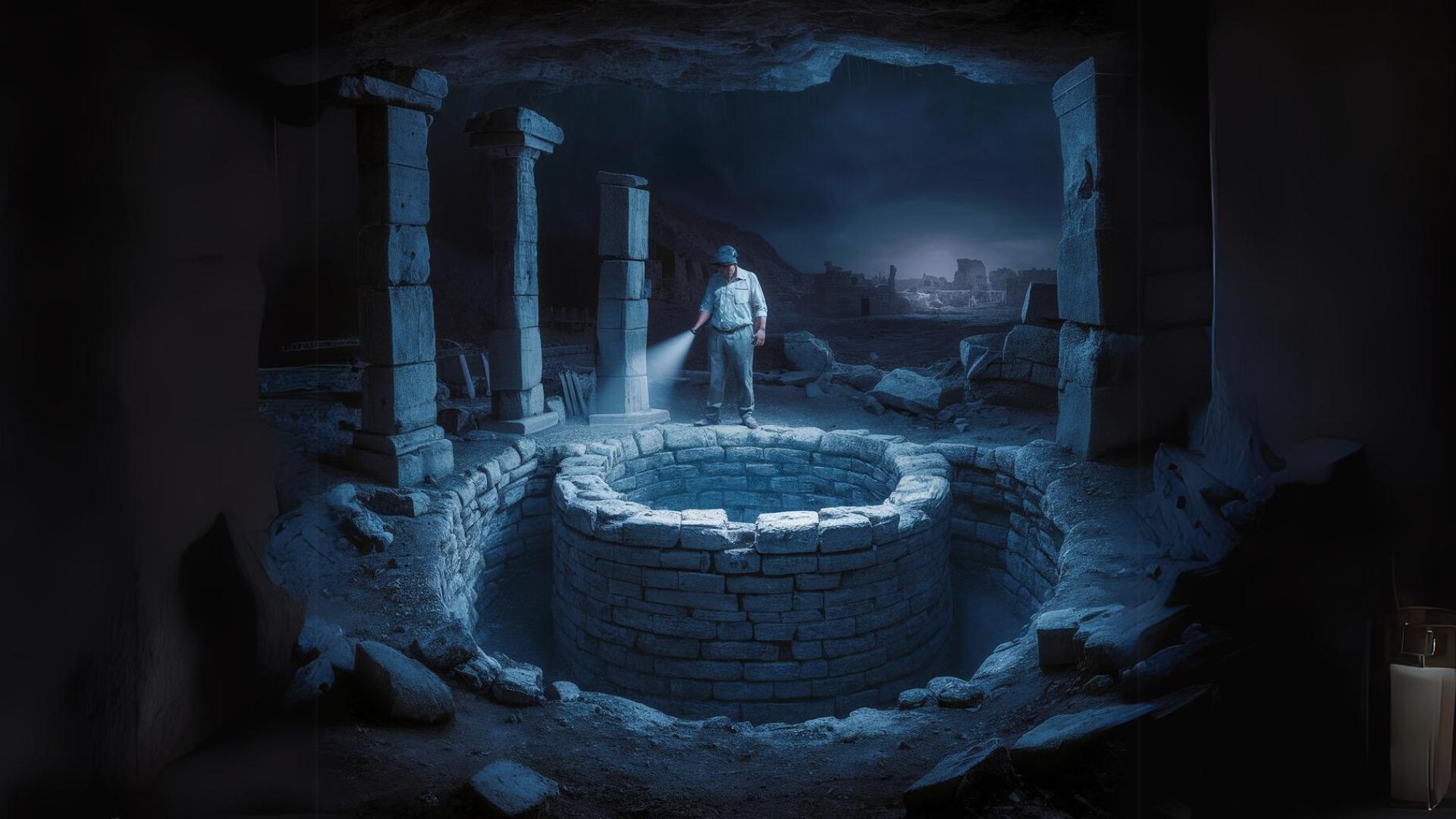
Life during the Bronze Age was a blend of hard work and community living, with people relying on each other for survival. Imagine waking up at dawn to tend to crops or care for livestock, using tools made from shiny bronze. Wells played a crucial role in daily life—they were the community’s water source, where people gathered to fill clay pots with fresh water for drinking, cooking, and watering crops.
These wells were often the heart of the village, where news was exchanged, and everyone pitched in to ensure the well stayed clean and functional. Life was simple but connected, with a strong sense of community and an appreciation for the essentials, like a reliable well, that made life in the Bronze Age possible.
Bronze Age well in Oxfordshire
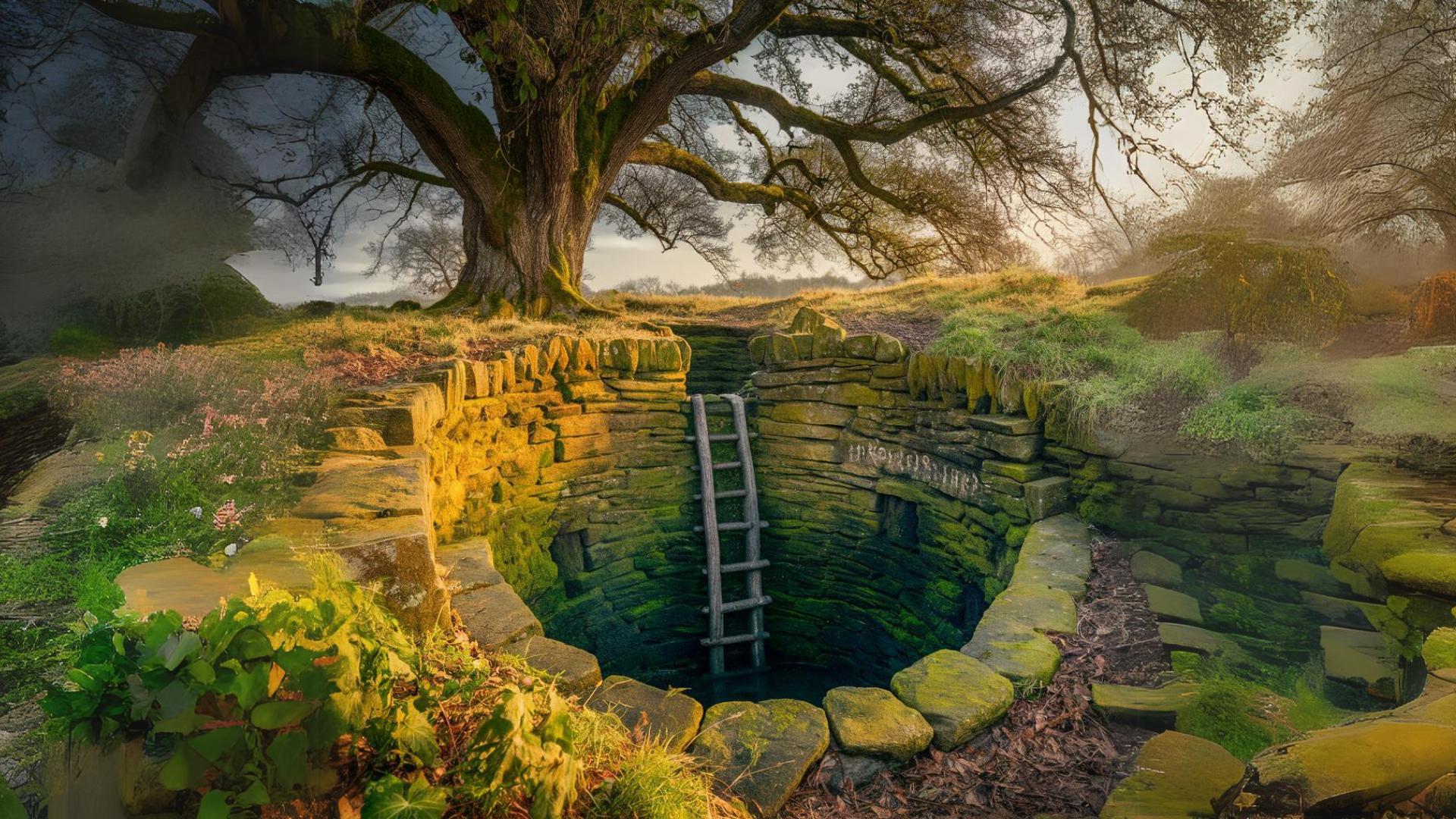
Archaeologists in Oxfordshire, England, made an exciting discovery when they uncovered a well-preserved wooden well dating back to the Bronze Age. Found during road construction work, this ancient well had been hidden for thousands of years, its wood perfectly preserved thanks to the waterlogged soil.
The well, believed to have been used for agriculture, offers a fascinating glimpse into how communities managed water resources in ancient times. This discovery not only sheds light on the engineering skills of Bronze Age people but also helps us understand the daily lives of the early settlers in the area.
Ancient Engineering
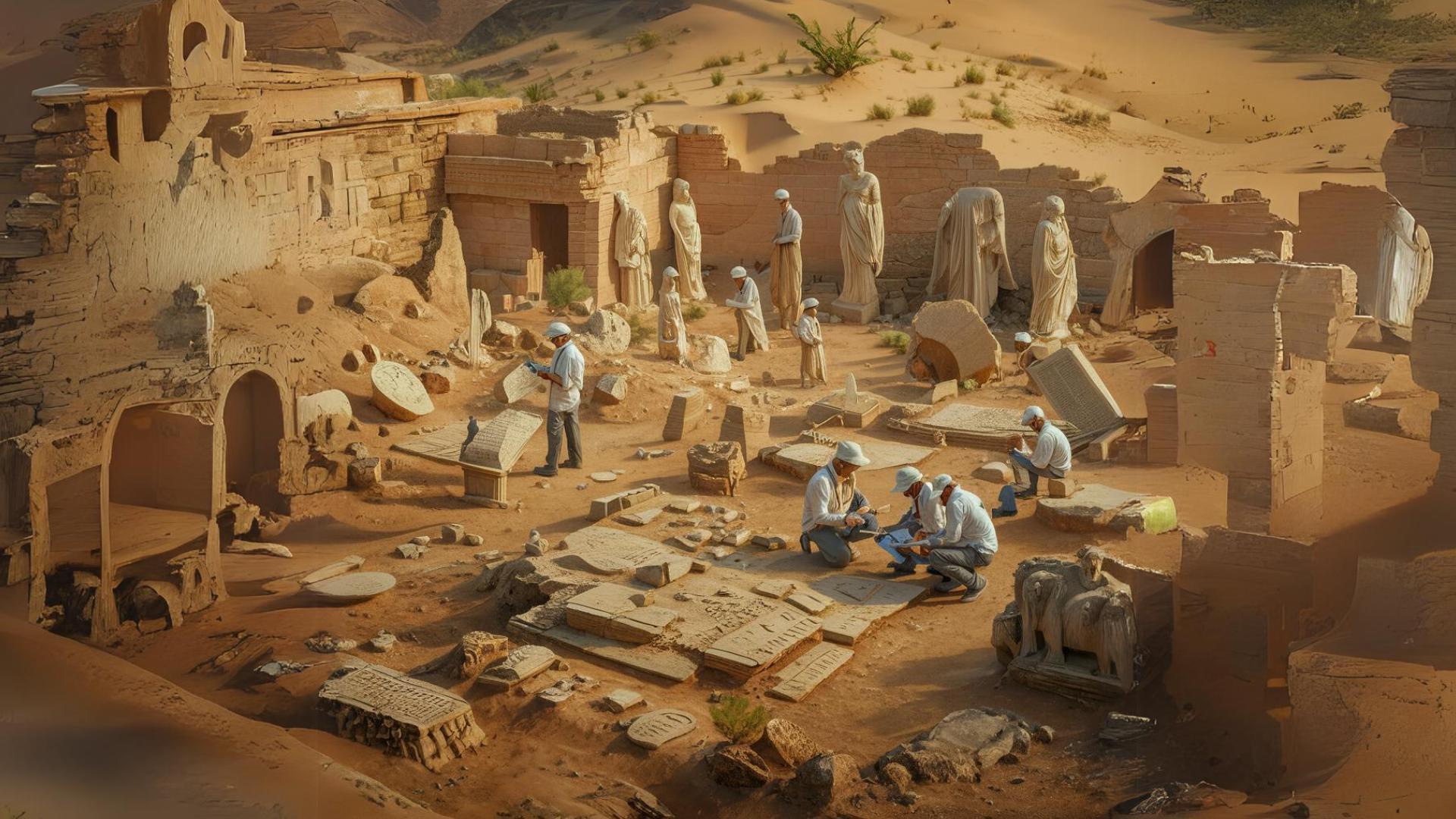
The Bronze Age well found in Oxfordshire was built using wooden posts that were placed vertically in the ground.
These posts formed a sturdy wall around the well, made from woven branches, called a wattle structure.
How a Wooden Structure Survived Thousands of Years?
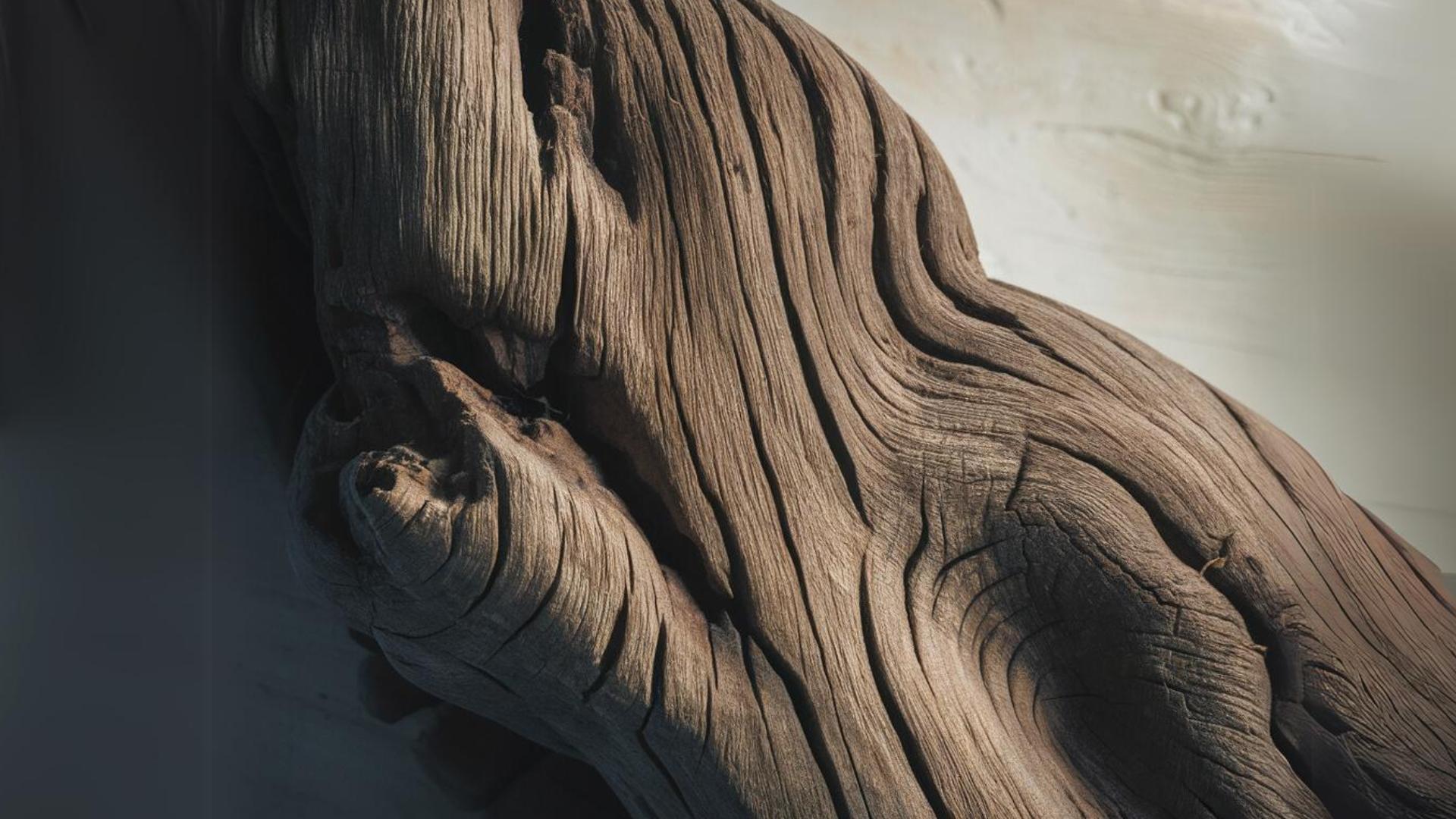
The Bronze Age well in Oxfordshire survived for thousands of years thanks to a little help from Mother Nature! The wooden posts that formed the well’s structure were buried in waterlogged soil, which kept them from rotting away. Instead of breaking down, the wood stayed in perfect condition because the wet soil blocked out air and bacteria that would normally cause decay.
It’s like the well was in a giant, natural time capsule! This amazing preservation allows us to see how people in the Bronze Age built things to last, even when they didn’t know they’d be creating something for future generations to discover.
Cultural and Historical Importance

This well, preserved so perfectly, helps archaeologists understand how ancient communities managed their resources, like water, and how they built things to last. It also connects us to our shared human past, showing us that even back then, people were innovating and solving problems in ways that still impress us today.
Discoveries like this well remind us of the importance of preserving history so that we can learn from it and appreciate the creativity and resilience of our ancestors.
Additional Finds
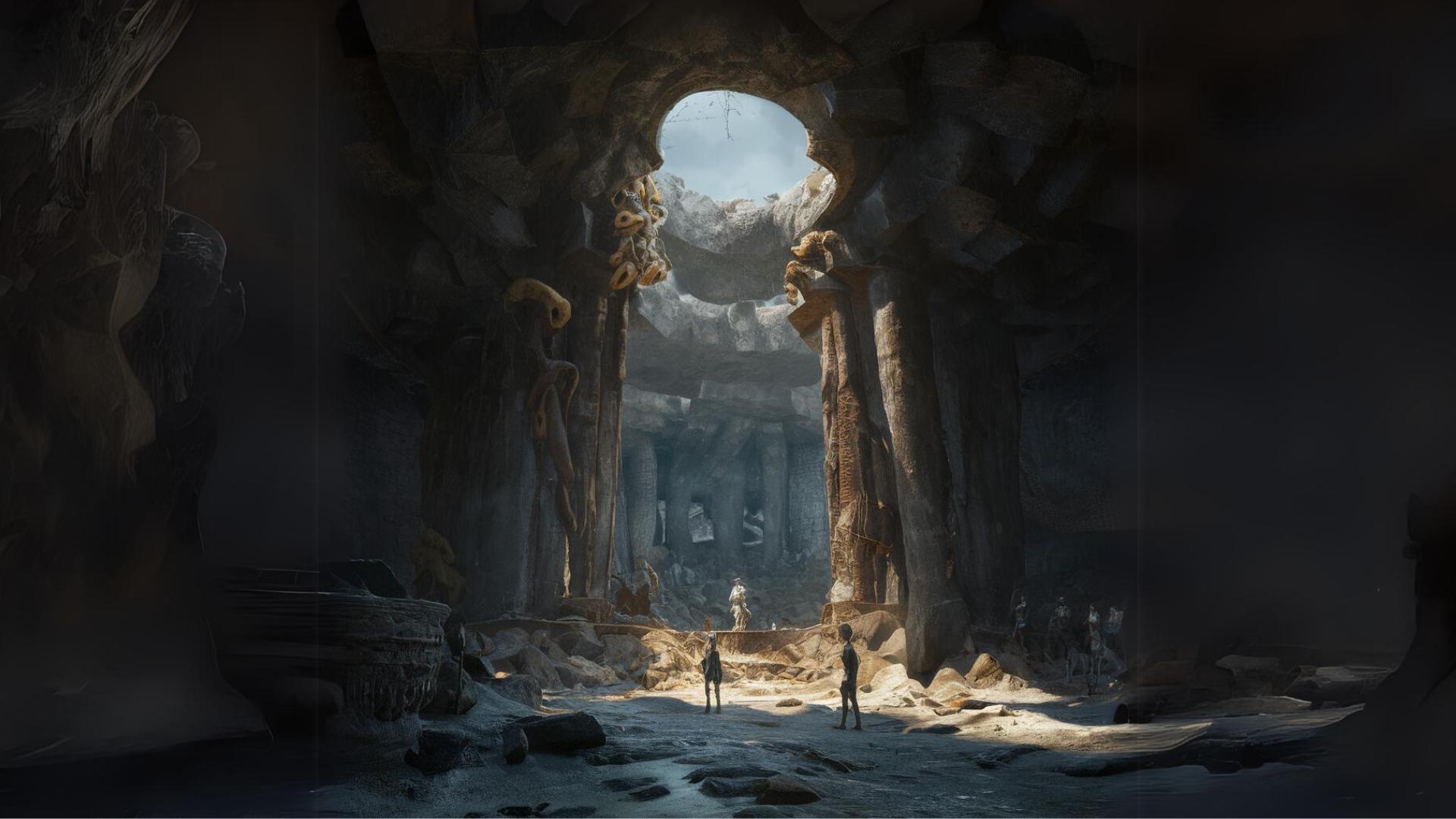
In addition to the well itself, archaeologists made some fascinating discoveries around the site that give us a broader picture of life during the Bronze Age. They found pieces of struck flint, which were likely used as tools or weapons, along with animal bones and pottery fragments. These artifacts suggest that the area around the well was a hub of activity, possibly used for both domestic purposes and waste disposal.
The pottery, in particular, provides clues about the types of storage and cooking methods used by the people who lived there. Together, these finds help paint a vivid picture of daily life in a Bronze Age settlement, showing us not just how people got their water, but also how they lived, worked, and interacted with their environment.
The Wood That Traveled Through Time
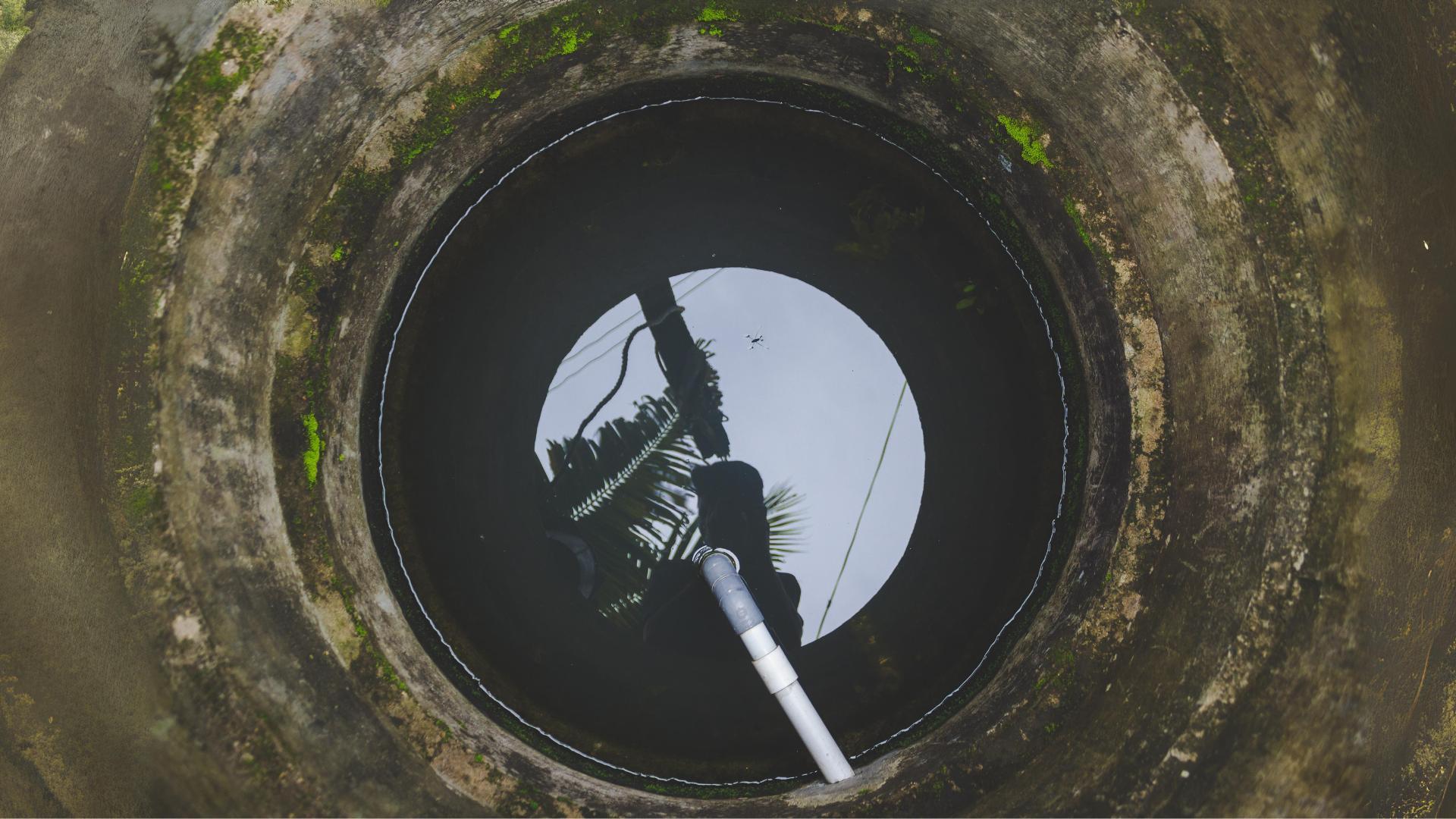
The wood from the Bronze Age well in Oxfordshire is like a time traveler from the past! Because the wood was buried in wet soil, it stayed perfectly preserved for thousands of years. This is super important because it lets archaeologists study the exact materials and building techniques that people used long ago.
It’s not just any old wood—it’s a piece of history that shows how clever and resourceful people were, even back then. By studying this wood, we get to learn more about how ancient people lived, worked, and built the things they needed to survive.
Was the Well Buried on Purpose?
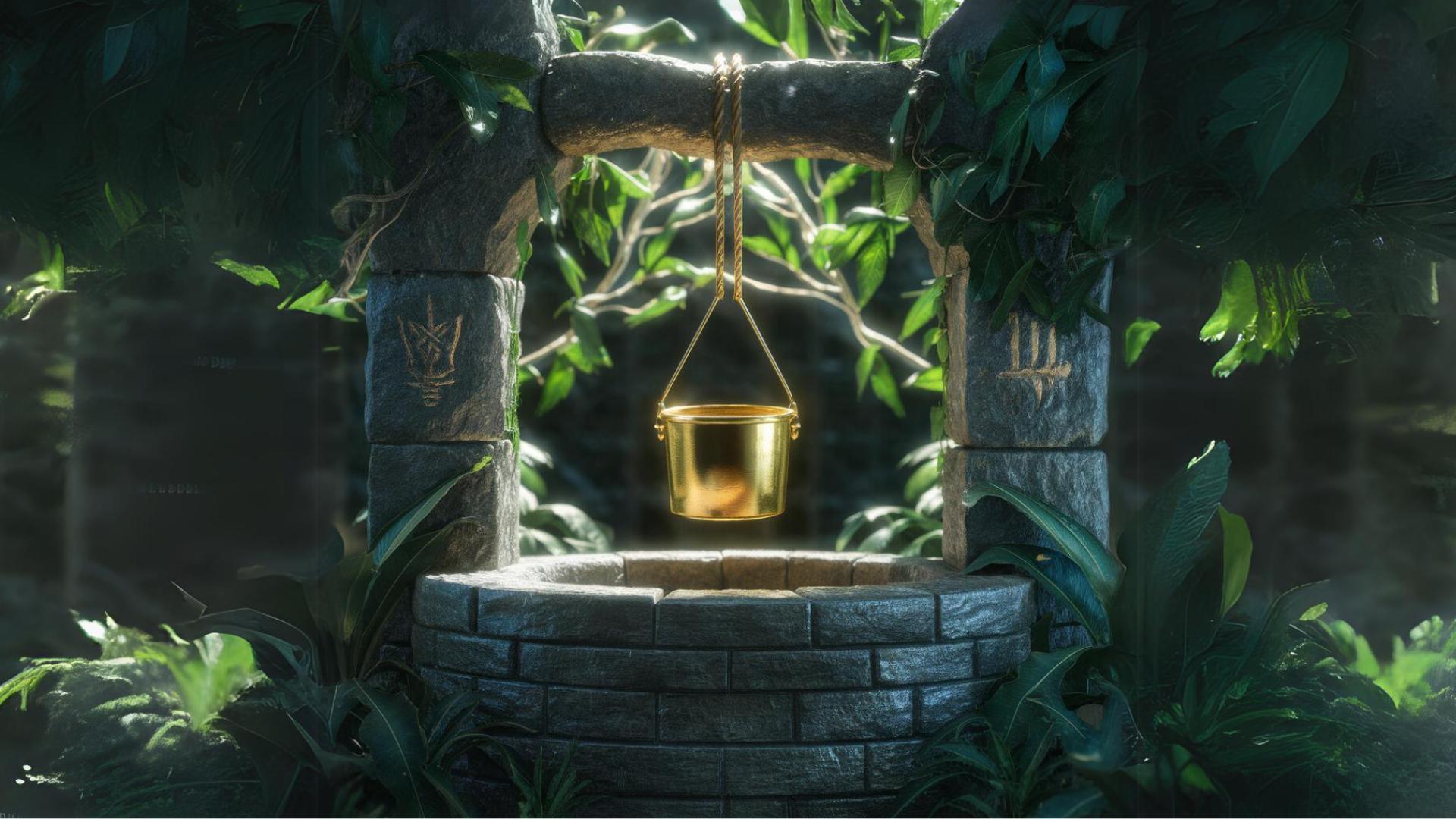
There’s an intriguing possibility that the Bronze Age well in Oxfordshire might have been intentionally buried by the people who used it. This could have been done for a variety of reasons. Perhaps the well had outlived its usefulness, or the community might have moved to a different location. Burying it could have been a way to protect or preserve it for future use or as part of a ritual or cultural practice.
In some ancient cultures, it wasn’t uncommon to bury important structures as a way of honoring them or marking the end of their use. If this well was deliberately buried, it adds another layer of mystery and significance to the site, offering even deeper insights into the beliefs and practices of Bronze Age communities.
How Bronze Age Discoveries Can Shape Our Future

Finding things from the Bronze Age, like old tools or wells, is more than just exciting—it helps us learn important lessons for the future. By studying how ancient people lived, solved problems, and used resources, we can get ideas on how to deal with challenges today, like using resources wisely and building strong communities.
These discoveries teach us about innovation and survival, showing us ways to make better decisions now and in the years to come. In short, learning from the past can help us create a better, more sustainable future.

